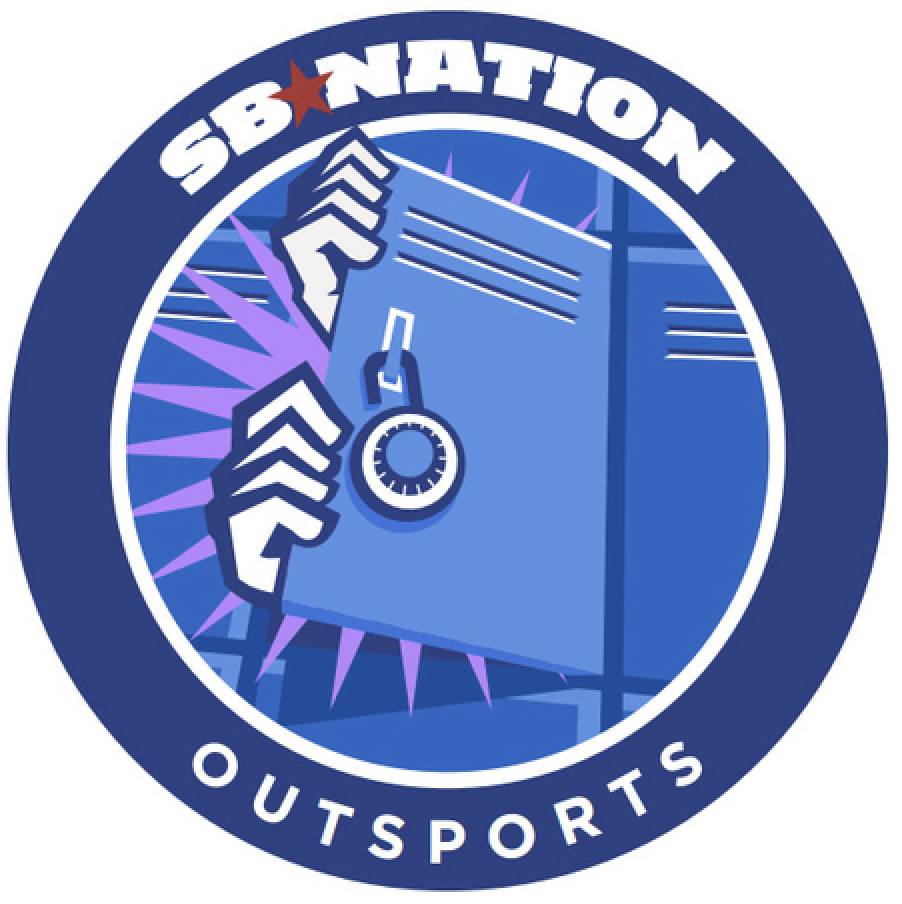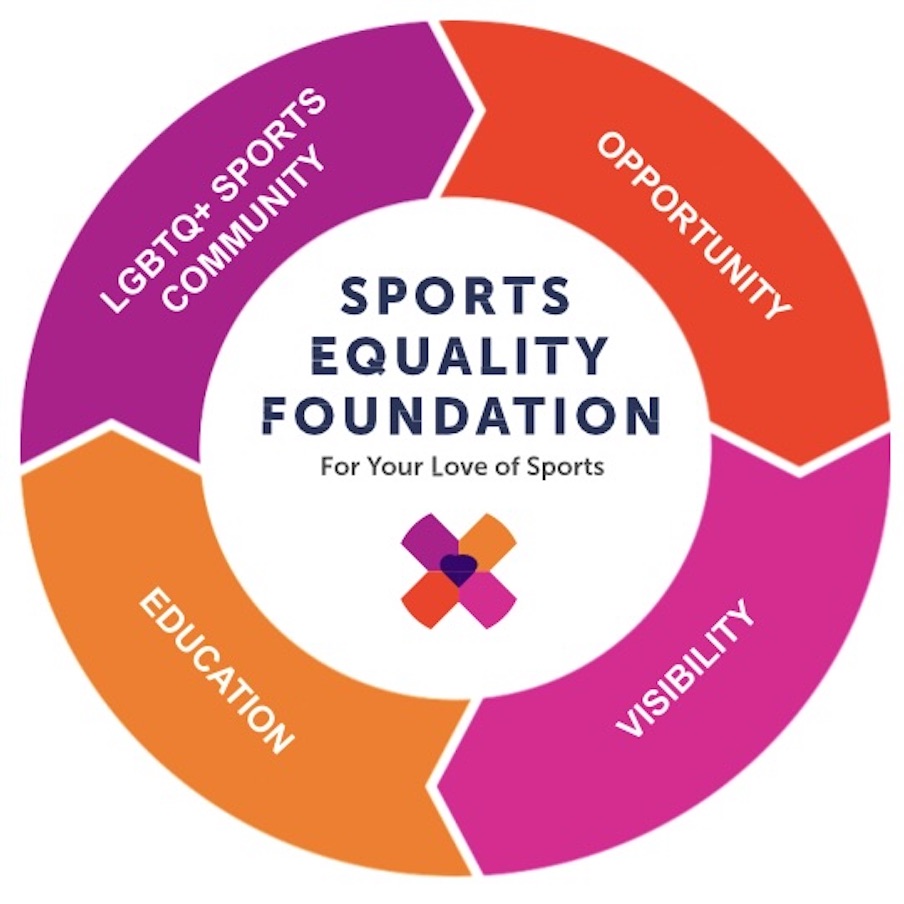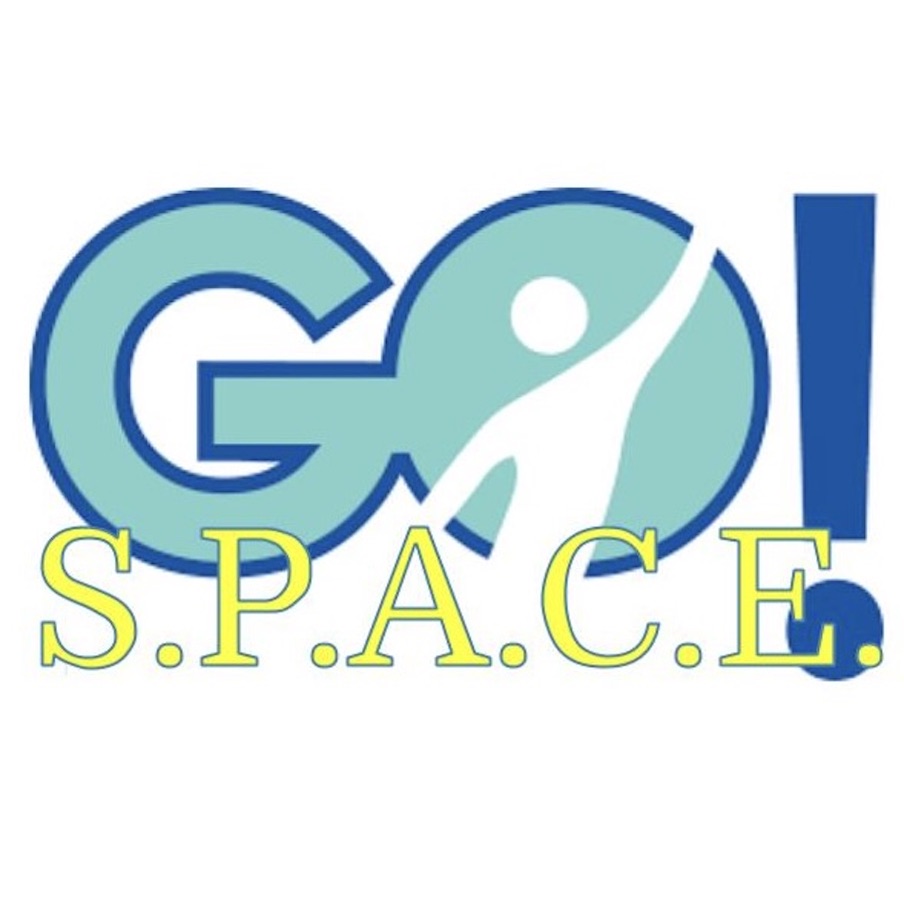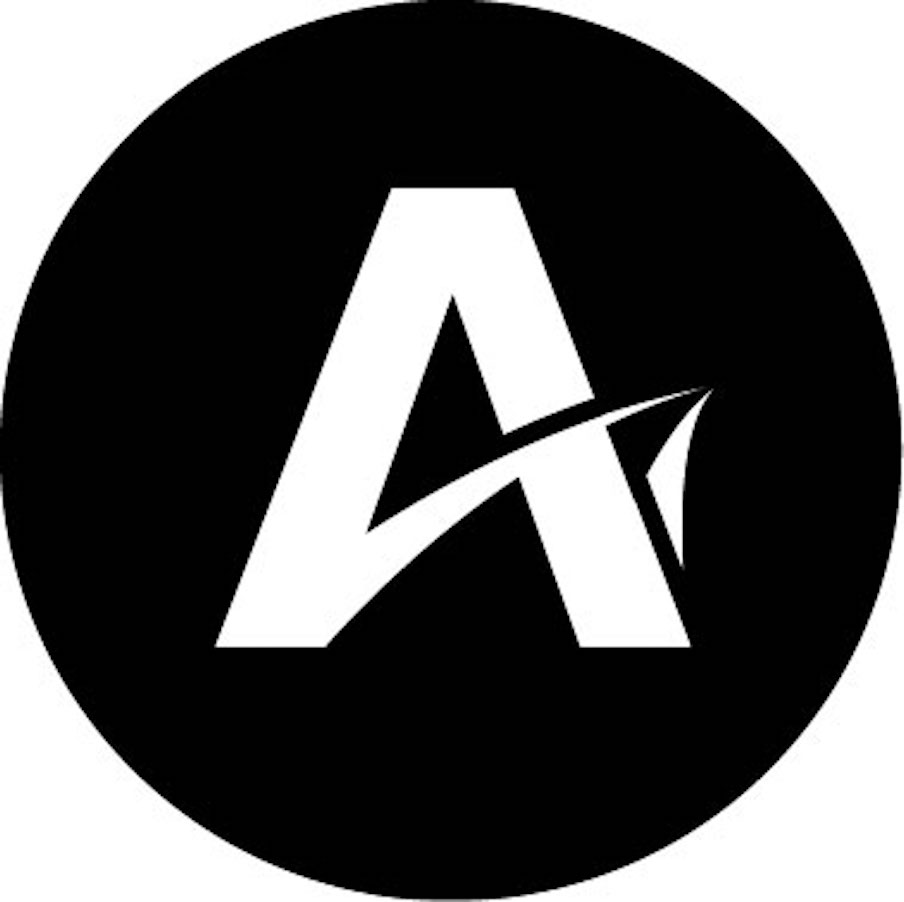The Problem: Discrimination in Sport
"Building a culture of inclusion is not just critical to the mental health and well-being of individual LGBTQ+ athletes, but in fact it is necessary for athletes and teams to reach their optimal potential".
Participation in sports can breakdown cultural divides, build lasting friendships, and provide athletes with a sense of social identity. Athletes have a tendency to engage in healthier lifestyle habits and avoid high-risk health behaviors such as alcohol, tobacco, and drug use (Fraser-Thomas et al., 2005). Studies also indicate that student-athletes experience fewer symptoms of depression or suicide and are less likely to engage in violence or demonstrate antisocial behavior in comparison to their peers (Fraser-Thomas et al., 2005). For marginalized communities like lesbian, gay, bisexual, transgender and queer or questioning (LGBTQ+) athletes, the opportunity to be a part of a team and play a sport can be life-changing, and in some cases, even lifesaving.
However, LGBTQ+ athletes are oftentimes victims of heterosexist and transphobic attitudes and behavior in sports. For LGBTQ+ athletes, sports arenas such as weight training facilities, team locker rooms, and the field or court are not always a safe or affirming space. 84% of American athletes surveyed have either witnessed or experienced LGBTQ+ discriminatory language or behavior in sports (Dennison et al., 2015). 11% of LGBTQ+ youth and 51% of trans youth reported not feeling safe in their locker rooms (Dennison et al., 2015). LGBTQ+ youth are twice as likely to drop out of sports compared to their non-LGBTQ+ peers (Doull et al., 2018). 78% of sports spectators in the United States believe that athletic teams are not safe for LGBTQ+ youth athletes (Dennison et al., 2015). The use of derogatory language among teammates, discrimination from coaches, and harassment from spectators result in transgender and gender non-conforming athletes experiencing lower self-esteem (Hellen, 2009 cited in Cunningham et al., 2018) and higher rates of substance abuse, depression and suicide (Rankin & Weber, n.d.). A national survey of over 40,000 LGBTQ+ youth conducted by the Trevor Project found that 40% of LGBTQ+ youth seriously considered attempting suicide and 68% reported symptoms of generalized anxiety disorder (The Trevor Project, 2020).
In addition to the LGBTQ+ discrimination athletes encounter in practices and competition, LGBTQ+ athletes also face additional barriers to participation such as coming out to their teammates and coaches. Only 1 in 5 LGBQ youth are “out” to their coaches about their sexual orientation (Dennison et al., 2015). Transgender and gender non-conforming athletes in particular are subject to exclusionary policies that either prohibit access to sports altogether or require cost prohibitive medical interventions and evidence of changes to birth certificates in order to participate (Cunningham et al., 2018). The National Collegiate Athletic Association (NCAA) has published recommended practices and policies of transgender inclusion within athletics if those athletes meet the established medical requirements associated with hormone treatment (Cunningham et al., 2018). Whether or not transgender and gender non-conforming athletes are actually allowed to participate in sports competition is ultimately up to the laws and policies of each individual sport institution, school or state legislature (Morris & Van Raalte, 2016). Although the NCAA has recommended a policy of inclusion that calls for an equal opportunity to participate in competition, many athletes have still been sidelined by state laws, or are left competing without the support of affirming teammates, coaches, sport performance practitioners and counselors due to their geographical location.
There is empirical evidence that LGBTQ+ athletes experience disproportionate discrimination in sports. Despite the growing number of advocacy groups and increased visibility of LGBTQ+ professional athletes, the mental health, performance and career longevity of LGBTQ+ athletes are being negatively impacted by heterosexist and transphobic attitudes and behavior on their teams. The overarching problem is that most sports teams and athletic programs do not create an LGBTQ+ inclusive environment for athletes. Building a culture of inclusion is not just critical to the mental health and well-being of individual LGBTQ+ athletes, but in fact it is necessary for athletes and teams to reach their optimal potential.
"Transgender and nonbinary youth who reported having pronouns respective by all or most people in their lives attempted suicide at 1/2 the rate of the those who did not have their pronouns respected." - Trevor Project, 2020
(Krane & Mann, 2018)
How to Cultivate an LGBTQ+ Inclusive Culture
Inclusive Team Culture
- Diverse sexual identities are normalized.
- Queer athletes and staff feel welcomed and comfortable coming out to their peers and talking about their relationships.
- Partners of queer athletes and staff are invited to university social events.
- Queer relationships are included in casual everyday team and office conversations just like heterosexual teammates and colleagues.
Transitioning (or Non-Inclusive) Team Culture
- Does not necessarily mean that it is hostile to the LGBTQ+ community, but the athletes and staff don’t feel comfortable coming out.
- Any conversation around diverse sexual orientation or gender identity is initiated by the queer athletes or staff themselves, in other words it’s basically a “don’t ask, don’t tell” policy.
- Athletes and staff feel pressure to present themselves as cisgender and heterosexual at sports competitions and social events.
Read the full research article by Krane & Mann (2018) titled Inclusion and normalization of queer identities in women's college sport.
To learn more about how to prevent discrimination in team spaces and create inclusive policies, be sure to read the recommendations of Susan Rankin and Genevieve Weber in Mind, Body and Sport: Harassment and discrimination - LGBTQ student-athletes.
Codes of Conduct
One of the most effective ways to demonstrate your support for LGBTQ+ inclusion is to create a code of conduct for fans and the team that strictly prohibits anti-LGBTQ+ language, attitudes and behaviors. It’s really important to specify that homophobic, transphobic and heterosexist dialogue or bullying of any kind will not be tolerated on your team, within your program, at your tournament, in your gym, or anywhere on campus. This clear messaging sends a strong signal to LGBTQ+ athletes and coaches that they are welcome in this space.
"(Insert School Name) expects fans to enjoy the game experience free from fighting, thrown objects, attempts to enter the playing field, political or inciting messages and disorderly behavior, including foul, sexist, racist, homophobic, transphobic, obscene or abusive language or gestures."
- NCAA Sample Fan Code of Conduct
"Respect and sportsmanship are core values of this team. All members of this team are expected to reflect these core values in their words and conduct. Racist, sexist, homophobic, biphobic, and/or transphobic language or conduct will not be tolerated."
- NCAA Sample Team Code of Conduct
The Importance of Inclusive Locker Rooms
One of the most significant actions that an athletic organization can take to protect and support a transgender and gender nonconforming (TGNC) team member is to ensure access to gender-appropriate restrooms and locker rooms for home and away competitions. For a TGNC athlete, the inability to access essential facilities such as gender-appropriate restrooms or locker rooms can trigger acute stress and pose threats to physical and psychological safety (Burnes et al., 2016; Morris & Van Raalte, 2016). In a 2016 study, several transgender participants described such severe fear around the threat of violence and abuse in public restrooms that they took extreme measures to alter their schedules and reduce liquid intake to avoid public restrooms (Burnes et al., 2016).
The threat to bathroom and locker room safety among TGNC youth is founded on a legacy of discrimination and history of hate crimes. In 2015, 77% of 40,000 transgender adults reported being either verbally harassed, physically attacked, or sexually assaulted while in grades K-12 as a result of their perceived gender identity (James et al., 2016). Ensuring access to locker room facilities that align with athletes’ gender identity can help TGNC athletes overcome a significant barrier to sport participation (Cunningham et al., 2018; Morris & Van Raalte, 2016) and reduce one of the greatest threats to their safety. Further, forcing athletes to use locker rooms that do not align with their gender identity denies TGNC athletes the opportunity to bond with teammates in designated team spaces (e.g., pre-game strategy sessions, half-time meetings, post competition celebrations; Cunningham et al., 2018). To make a locker room facility safe and inclusive, athletes should have access to private showers, changing rooms, and toilets (Griffin et al., 2010). The installation of privacy curtains in team showers and changing spaces can serve as an affordable and effective way to create a more inclusive team locker room facility for TGNC athletes (Cunningham et al., 2018).

“The American Kinesiology Association endorses inclusive locker rooms, by which we mean sex-segregated facilities that are open to transgender athletes on the basis of their gender identity.”
- AKA Position Statement
To learn more about how to create inclusive locker rooms and athletic facilities read Inclusive spaces and locker rooms for transgender athletes by George B. Cunningham, Erin Buzuvis & Chris Mosier (2018) in the Human Kinetics Journal, and Transgender and gender conforming athletes: Creating safe spaces for all by Jessica F. Morris & Judy L. Van Raalte (2016) in the Journal of Sport Psychology in Action.
Get connected
From media coverage to advocacy organizations and online groups, all of the sport focused organizations below provide support, media coverage, and connection opportunities for LGBTQ+ athletes, coaches, and allies.
Out Sports: Courage Is Contagious
The most comprehensive online resource for coming out stories and media coverage of LGBTQ+ athletes and coaches in sports.
Sports Equality Foundation
The Sports Equality Foundation is a non-profit that exists to empower LGBTQ+ athletes, coaches, & sports leaders through advocacy and peer support.
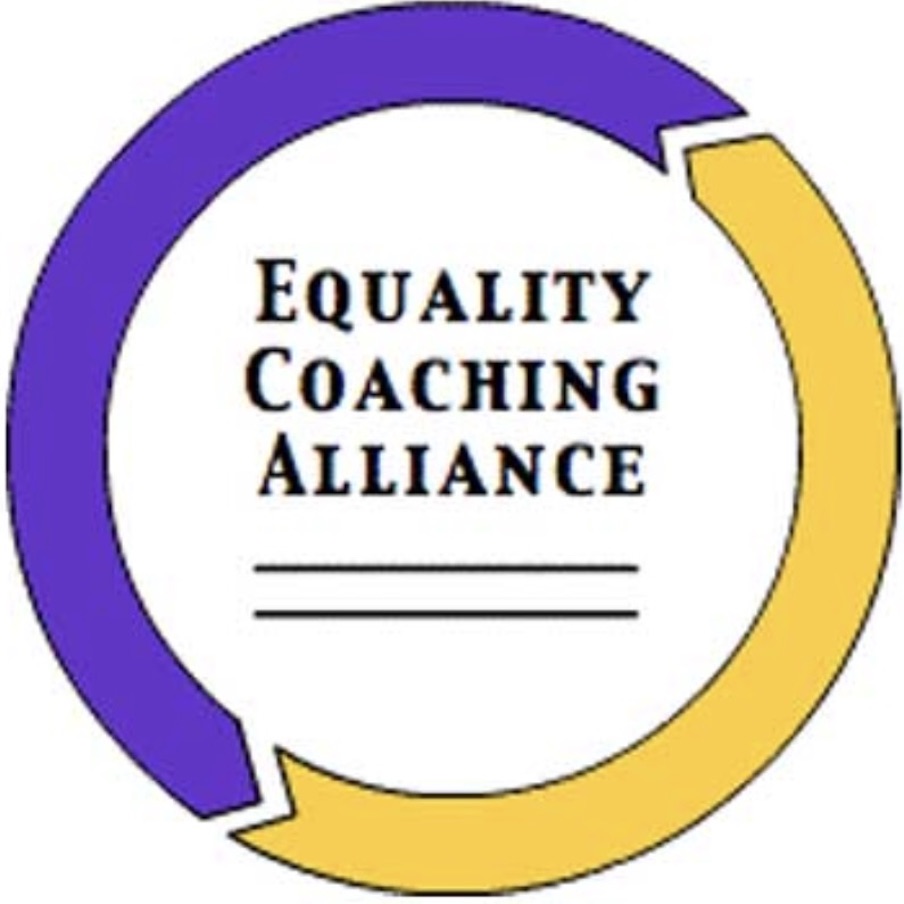
Equality Coaching Alliance
A private Facebook group that provides an open and inclusive discussion area for the coaching community to receive peer support.
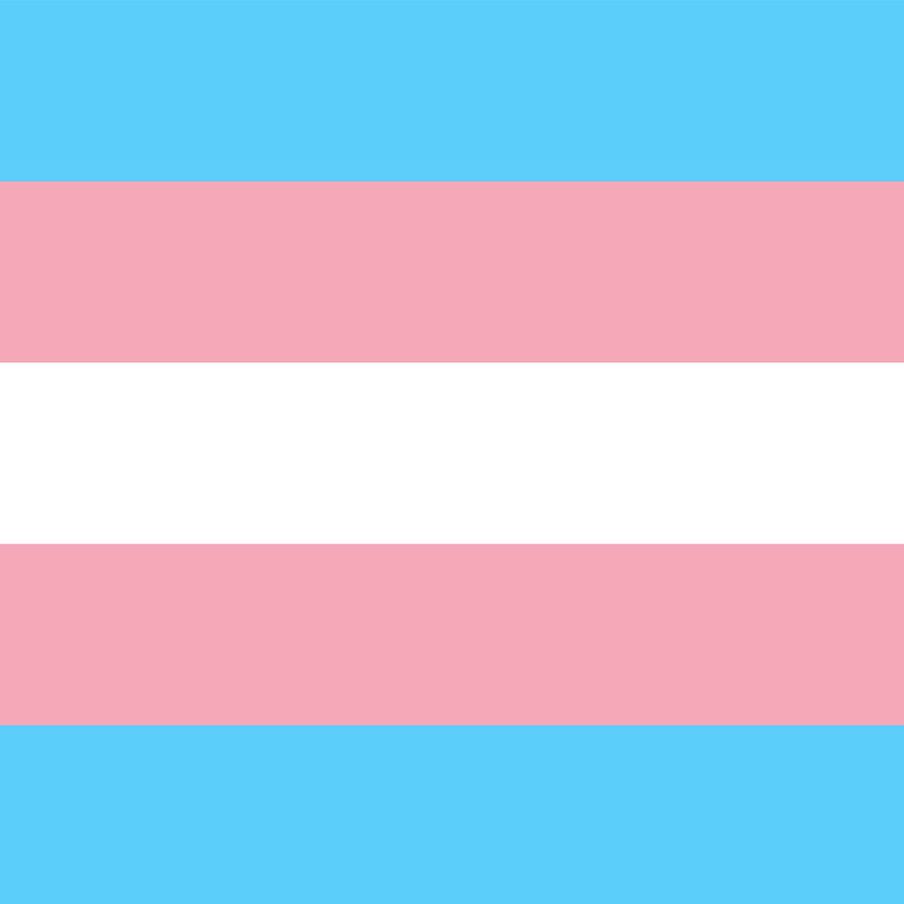
TRANSATHLETE.com
TransAthlete.com is a resource guide created by Chris Mosier containing policy information, tips for trans allies and calls to action to promote trans inclusion in sports at every level.
Go!space
Go!Space is a private Facebook group that dedicated to LGBTQ+ equality on university campuses for students, administrators, and alumni.
AThlete Ally
Athlete Ally is a non-profit that features personal stories from Pro Ambassadors and an Athletic Equality Index assessing the LGBTQ+ inclusion policies and practices of NCAA athletic departments.
Mental Health Crisis Support
Trevor Project
If you or someone you know is thinking about suicide and in need of counseling support, call the Trevor Project's 24/7 free and confidential hotline at (866) 488-7386. Or visit www.thetrevorproject.org/get-help-now.
The Anti-Violence Project (AVP)
A 24-hour bilingual anti-violence and support hotline for victims of harassment and violence provided by The Anti-Violence Project (AVP) to protect LGBTQ+ communities. Call or Text (212) 714-1141.
Trans Lifeline
Trans Lifeline is a grassroots organization providing emotional and financial support to trans people in crisis for the trans community, by the trans community. Call (877) 565-8860.
LGBT National Help Center
The National LGBT Help Center has been providing free and confidential peer support and resources to the LGBT community since 1996.
A Case for Inclusion
Research Studies
- Inclusion and normalization of queer identities in women’s college sport by Mallory Mann & Vkki Krane
- Investigating the influence of shame, depression, and distress tolerance on the relationship between internalized homophobia and binge eating in lesbian and bisexual women by Vanessa Bayer, Jacalyn J. Robert-McComb, James R. Clopton, & Darcy A. Reich
- Relationships between attitudes and norms with homophobic language use in male team sports by Erik Denison, Nick Faulkner, Ruth Jeanes, & Daniel Toole
- On the team: Equal opportunity for transgender student athletes by Dr. Pat Griffin & Helen J. Carroll
- What is the T in LGBT? Supporting transgender athletes through sport psychology by Cathryn B. Lucas-Carr & Vikki Krane
- A renewed call to queer sport psychology by Vikki Krane & Jennifer J. Waldron
Articles & Publications
- Inclusive and Affirming Support for Transgender and Gender Non-confirming Athletes by the AASP Social Justice Initiative 2021
- Fair Play: The Importance of Sports Participation for Transgender Youth by Shoshana K. Goldberg
- Out on the fields: The first international study on homophobia in sport by Erik Denison & Alistair Kitchen
- Inclusion of LGBTQ Student-Athletes and Staff in NCAA Program: NCAA Champions of Respect
- NCAA LGBTQ Inclusion Best Practices: 5 Ways to have an LGBTQ+ inclusive athletics department
- ACLU Guidelines: Adding Sexual Discrimination & Gender Identity to Discrimination & Harassment Policies in Schools
- National Center for Lesbian Rights: Frequently Asked Questions about Title IX and Policies on Intra-Team Dating in College Athletics
Videos to Watch
A conversation with Doshia Woods, Head Women's Basketball Coach at Denver University and Cyd Zeigler, Editor of Out Sports on how to support LGBTQ athletes when they come out on your team.
A conversation with Bernie Compton and Hannah Bennett about strategies to support, affirm, and advocate for LGBTQ+ athletes and community members during Pride Month presented by AASP, the Association for Applied Sport Psychology.
The Sport Equality Foundation hosted "A Conversation on Transgender Inclusion in Sports" on TikTok featuring Chris Mosier, Mack Beggs, CeCé Telfer, Brooke Rundle, & Lucy Hochschartner.
References
Burnes, T. R., Dexter, M. M., Richmond, K., Singh, A. A., & Cherrington, A. (2016). The experiences of transgender survivors of trauma who undergo social and medical transition. Traumatology, 22(1), 75–84. https://doi.org/10.1037/trm0000064
Cunningham, George B., Buzuvis, Erin & Mosier, Chris. (2018) Inclusive spaces and locker rooms for transgender athletes. Kinesiology Review, 7, 365-374. https://journals.humankinetics.com/view/journals/krj/7/4/article-p365.xml
Denison, E., & Kitchen, A., (2015). Out on the fields: The first international study on homophobia in sport. Australian Sports Commission. https://outonthefields.com/wp-content/uploads/2020/11/Out-on-the-Fields-Final-Report-1.pdf
Doull, M., Watson, R.J., Smith, A., Homma, Y., & Saewyc, S. (2018). Are we leveling the playing field? Trends and disparities in sports participation among sexual minority youth in Canada. Journal of Sport and Health Science, 7(2), 218-226. https://doi.org/10.1016/j.jshs.2016.10.006
Fraser-Thomas, J.L., Côté, J., & Deakin, J. (2005) Youth sport programs: an avenue to foster positive youth development, Physical Education and Sport Pedagogy, 10(1), 19-40. https://search-ebscohost-com.uws.idm.oclc.org/login.aspx?direct=true&db=s3h&AN=16188225&site=eds-live&scope=site
Goldberg, S. K. (2021). Fair Play: The Importance of Sports Participation for Transgender Youth. Center for American Progress. https://cdn.americanprogress.org/content/uploads/2021/02/09122423/Fair-Play-correction2.pdf
James, S. E., Herman, J. L., Rankin, S., Keisling, M., Mottet, L., & Anafi, M. (2016). The Report of the 2015 U.S. Transgender Survey. Washington, DC: National Center for Transgender Equality. https://transequality.org/sites/default/files/docs/usts/USTS-Full-Report-Dec17.pdf
Morris, F., Jessica, & Van Raalte, L., Judy. (2016) Transgender and gender conforming athletes: Creating safe spaces for all. Journal of Sport Psychology in Action, 7(2), 121-132. https://www.tandfonline.com/doi/full/10.1080/21520704.2016.1184732.
Rankin, Susan & Weber, Genevieve. (n.d.) Mind, body and sport: Harassment and discrimination – LGBTQ student-athletes. NCAA Sport Science Institute. http://www.ncaa.org/sport-science-institute/mind-body-and-sport-harassment-and-discrimination-lgbtq-student-athletes
